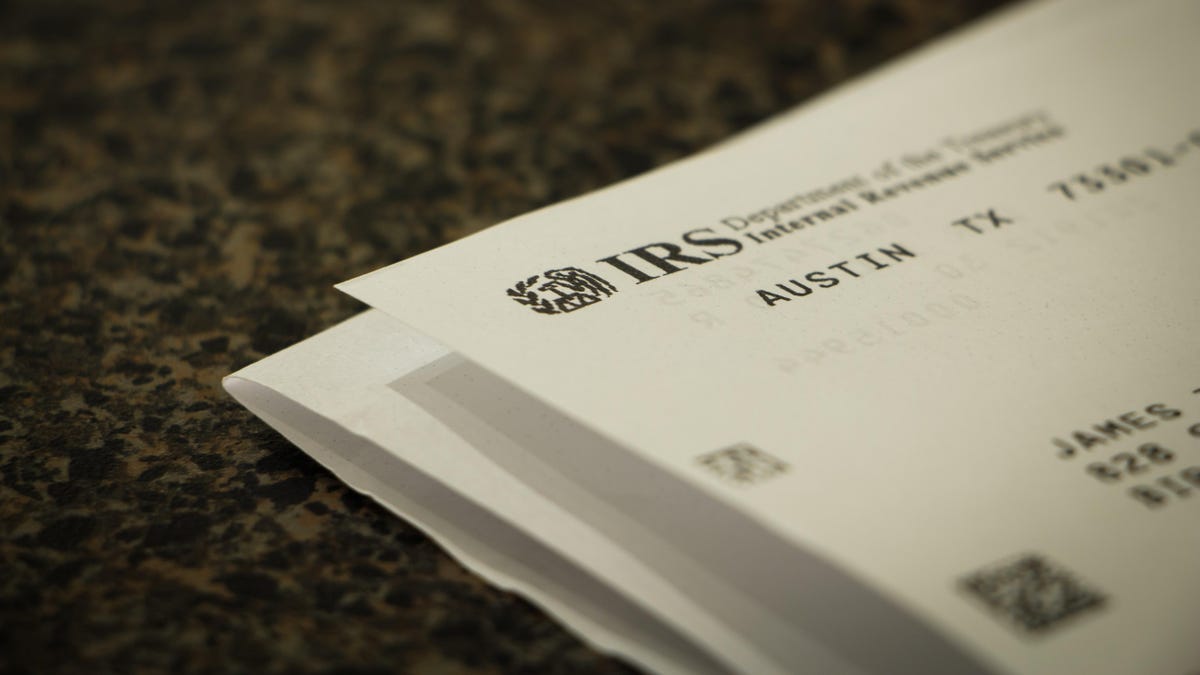This “IRS Letter” Is a Scam

Fraudsters love to prey on taxpayers by pretending to be from the IRS and using their “authorities” to get sensitive personal information and steal your money. These criminals use whatever means necessary to contact you and force you to upload a tax document, provide your bank account number, or verify other information, which can result in anything from malware on your computer to identity theft.
What’s the newest tax refund scam?
The latest scam that the IRS warns about involves a notice that comes in the mail in a cardboard envelope with information “regarding your unclaimed refund.”
The letter may appear legitimate at first glance, as it is printed on IRS letterhead and contains contact information (although the phone number is apparently not actually associated with the real IRS). It asks recipients to share “registration information” – mobile phone number, bank routing numbers, bank account type, social security number and driver’s license photos – in order to receive a refund.
However, there are a number of red flags that are hallmarks of many tax frauds:
- Uncomfortable wording such as “After you submit all the information, please try checking your email for a response from the agent, thanks”
- Urgent Warnings
- Wrong punctuation
- Mixed fonts
- Inaccurate information such as terms such as “unclaimed property” and incorrect deadline for tax return renewal (October 16 instead of October 17)
What do letters from the IRS actually look like?
The IRS will never initiate contact with you via email, text message, or social media to discuss your tax refund, but in some cases, the agency sends letters by mail, including to notify you of the balance due, to verify your identity, to request more information. , or to inform you of changes to your return or refund (including processing delays).
A legitimate letter from the IRS will always include your incomplete taxpayer identification number, a notice or letter number in the upper or lower right corner, and your taxpayer rights. The envelope will also have the IRS logo (the empty cardboard envelope is the red flag ). If the letter contains payment requests or personal information, you should be skeptical and consult the IRS by calling or contacting the agency directly using the information provided on its website .